First and foremost, we hope you are staying safe and healthy. We are obviously living through unprecedented times, and are taking things day by day. Our goal is to keep you updated on what we are experiencing, reading and learning - which as you know, changes on a daily, sometimes hourly basis. Our team has decided not to list new property for the next couple of weeks, and monitor the market and world conditions. We do not want to put anyone in jeopardy and of course want to respect the city's desire to keep people quarantined.
Here is what we have learned from Goldman Sachs: For the US, the team’s baseline assumption is that the economy will experience the sharpest quarterly contraction since the global financial crisis in the second quarter, followed by strong sequential growth in the second half of the year. But that outlook depends on a number of factors, including the severity and length of the coronavirus/COVID-19 outbreak, how quickly spending recovers when it abates, and the effectiveness of monetary and fiscal policy in providing support in the meantime.
Global GDP growth rate will be the lowest in 30 years at around 2%. The S&P 500 will see a negative growth rate of -15% to -20% for 2020 overall. There will be economic damage from the virus itself, but the real damage is driven mostly by market psychology. Viruses have been with us forever. Stock markets should fully recover in the 2nd half of the year. Technically, the market generally has been looking for a reason to reset after the longest bull market in history. There is NO systemic risk. No one is even talking about that. Governments are intervening in the markets to stabilize them, and the private banking sector is very well capitalized.
Speaking of Government intervention, here's a breakdown of the three economic measures the US government has passed, or is in the midst of negotiating:
Stimulus Phase 1
In late February, President Trump asked Congress to provide $2.5 billion to fight the spread of the virus. But after negotiations with Congress, they settled on $8.3 billion. The measure, signed into law on March 6, provides:
- Extra funding for the Centers for Disease Control and Prevention (CDC), Food and Drug Administration (FDA), National Institutes of Health (NIH), the State Department, the Small Business Administration (SBA), and the United States Agency for International Development (USAID).
- It includes $4 billion to make more coronavirus tests available, and $1 billion in loan subsidies for small businesses.
Stimulus Phase 2
The package, negotiated by Treasury Secretary Steven Mnuchin and House Speaker Nancy Pelosi, was signed into law by Trump Wednesday night. It's unclear exactly how much the bill will cost. The Congressional Budget Office has not yet scored it, while the Joint Committee on Taxation estimated it will cost roughly $100 billion.The measure provides:
- Free coronavirus testing including for the uninsured.
- Two weeks of paid sick and family leave. Increased federal funds for Medicaid and food security programs, like SNAP.
- Increased unemployment insurance benefits.
Stimulus Phase 3
The Treasury Department released a $1 trillion relief proposal on March 18 that would include industry-specific bailouts and payments to individual taxpayers. The proposal would provide:
- Two rounds of direct payments to taxpayers on April 6 and May 18, costing $250 billion each. (The amounts would be based on income level and family size);
- $300 billion in small business loans. (Employers with 500 employees or fewer would be eligible)
- $50 billion bailout for the airline industry
- $150 billion to other industries affected, including hotels, casinos, cruise line operators and shopping mall operators.
- Guaranteed money market mutual funds.
The Big Picture
It wasn't so long ago that the measures to address the 2008 financial crisis seemed like once-in-a-lifetime interventions. Back then, the government authorized $900 billion in bailouts — $700 billion initially toward helping big banks and auto companies, and later an additional $200 billion to rescue Fannie Mae and Freddie Mac, the giant mortgage enterprises. But as Axios' Dan Primack and Jennifer Kingson note, far less than the total $900 billion was actually spent. By the time the programs were declared ended in 2014, the government had actually turned a profit on those bailouts. The 2009 stimulus package, the American Recovery and Reinvestment Act, cost roughly $800 billion and funneled money into aid for state and local governments, safety net programs, tax relief, and construction and investment projects.
I don’t have a crystal ball, but here are my thoughts on what we may see in the months ahead: Inventory is going to be removed from the market, and very few people are going to list their properties. By September - hopefully sooner - when this pandemic is under control, there is going to be the lowest level of inventory we have seen in years, and mortgage rates will still be historically low. The real estate market will go into overdrive from pent-up energy. We will see how prices react; they rose a few months after 911 (yes, I was selling back then). While this time is different, this period of time is more similar to the 9/11 era than to the post-2008 economic downturn. With 20 years of real estate experience under my belt, and I have experienced many different markets, and two things remain constant: people always need a home, and NYC is the greatest city in the world.
Carolyn Levitan is a licensed real estate broker with Compass Realty in New York City. This article was written by and supplied to the publisher by the author. The information, opinions and facts contained herein are those of the author and have not been verified by the publisher as to their accuracy or completeness .




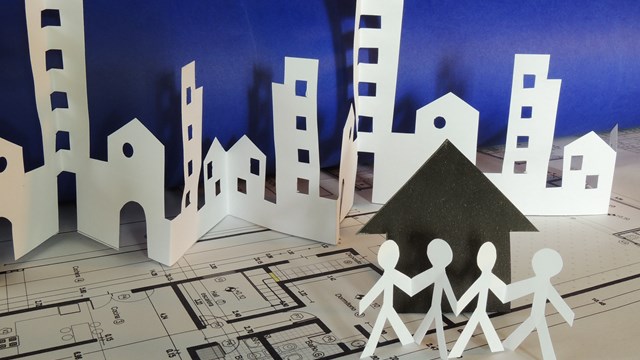
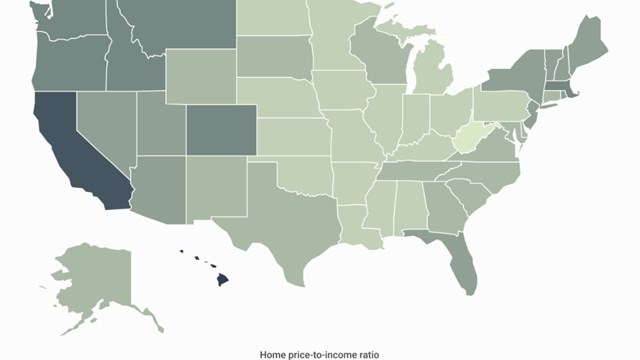
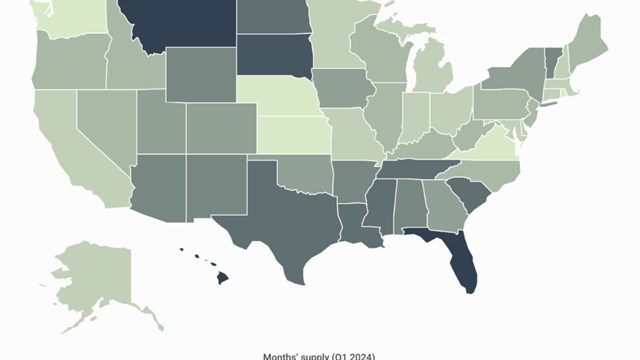
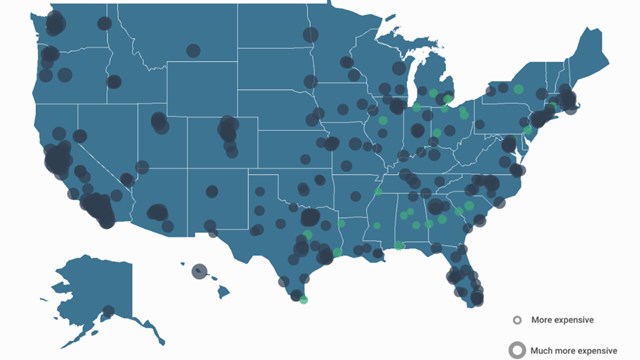

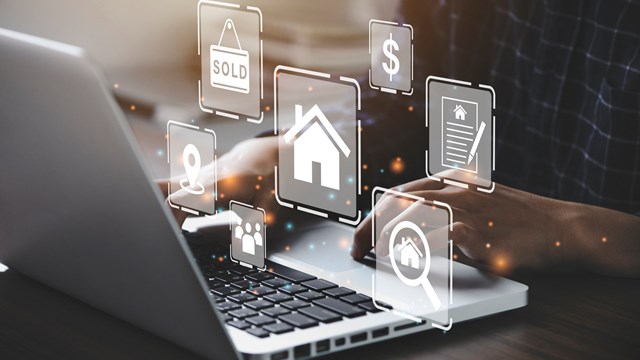
Comments
Leave a Comment